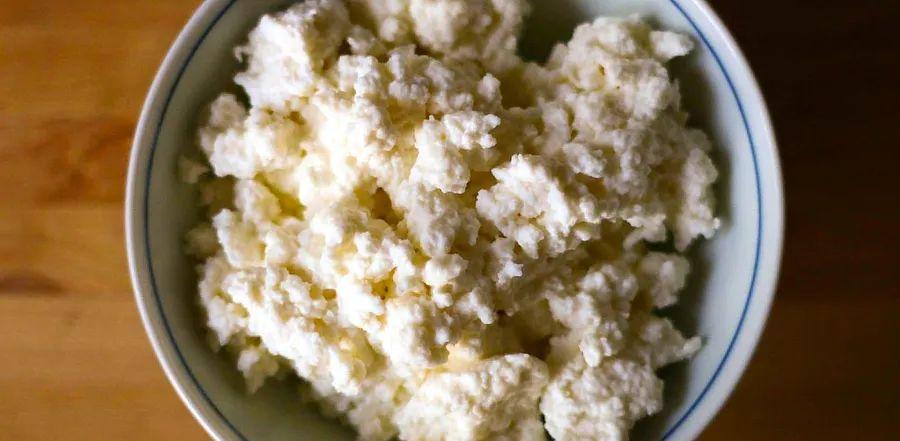Queso Fresco vs Cotija: How Do They Compare?

If you're a fan of Mexican cuisine, you've likely encountered two staples: queso fresco and cotija. Although they may look and seem alike in many dishes, they each bring their own unique qualities. So what really sets them apart? Could swapping one for the other change the flavor of your tacos, or is the difference subtle enough to go unnoticed?

What Is Queso Fresco?
When you think of queso, you might picture a cheesy dip (which, honestly, is a fair association). But here, we're talking about the fresh, crumbly cheese variety, not the gooey, melted kind you dip your chips into.
Queso Fresco is a soft, fresh cheese made from either cow's milk or a blend of cow and goat milk. Its flavor is mild and creamy with a hint of tanginess, similar to Indian paneer, farmer's cheese, or a very mild goat cheese. Moist and elastic like other soft cheeses, it can also be crumbled like feta.
What Is Cotija?
Cotija is a firm, crumbly cheese made from cow’s milk, named after the town of Cotija in Michoacán, Mexico, where it was first created. Aged for several months, it develops a salty, slightly tangy flavor and a firmer, drier texture that makes it perfect for grating. Cotija’s texture is similar to Parmesan, but it can also be compared to Pecorino Romano, ricotta salata, or a firmer feta.
Key Differences Between Queso Fresco and Cotija
While both cheeses might look similar at first glance due to their white color and similar shape, queso fresco and cotija are actually quite distinct. Here are six major differences that set them apart:
Milk Source
Cotija is made exclusively from cow's milk, while queso fresco can be made from either cow's milk or a combination of cow and goat milk.
Aging Process
Queso fresco, as its name suggests, is a fresh cheese and is typically aged only a few days. On the other hand, cotija undergoes a longer aging process, ranging from 2 to 12 months, which gives it its firm texture and makes it ideal for grating.
Texture
Queso fresco is the softer cheese, while cotija’s firmness comes from its aging process.
Shelf-Life
One of the benefits of cotija’s aging is its long shelf-life. Lightly aged cotija can last up to a month in the fridge, while the more aged varieties can be stored for up to 3 months.
Queso fresco, being a fresh cheese, is best enjoyed right away. Homemade queso fresco typically stays fresh for 3 to 7 days in the fridge, but store-bought versions can last up to 2 months if kept in an airtight container and properly refrigerated.
Salt Content
Cotija is a much saltier cheese, whereas queso fresco is mild and creamy, with a taste similar to mozzarella.
Uses for Queso Fresco and Cotija
Both queso fresco and cotija are typically used crumbled or sliced, and while they soften and brown when heated, they don’t melt like other cheeses. They complement dishes rather than dominate them. However, each cheese has its own ideal uses.
Cotija is perfect for sprinkling on elotes (Mexican grilled corn), or as a topping for tostadas, enchiladas, tacos, migas, salads, chili, soups, and stews.
Queso fresco is great inside tamales or as a topping for enchiladas, tacos, and salads. It also works wonderfully as a fresh garnish for dishes like huevos rancheros and guacamole.
Can They Be Used Interchangeably?
Although they have distinct differences, you can certainly swap one for the other. Both cheeses add a creamy touch to dishes, but cotija is usually easier to find in stores. Just keep in mind that cotija is saltier than queso, so you may want to adjust the amount depending on your taste or the dish you’re preparing.
Evaluation :
5/5



